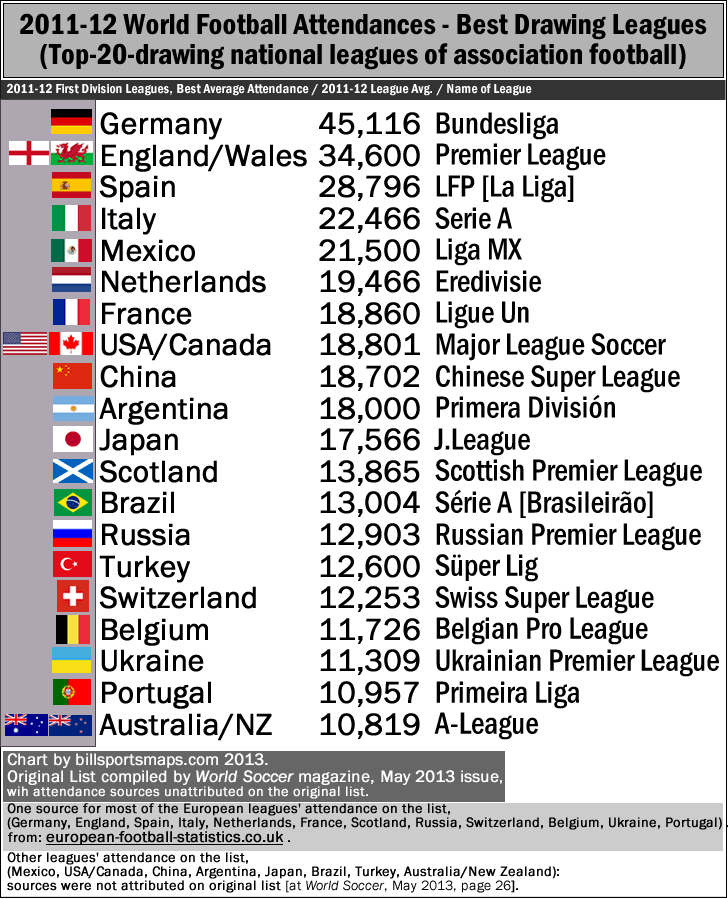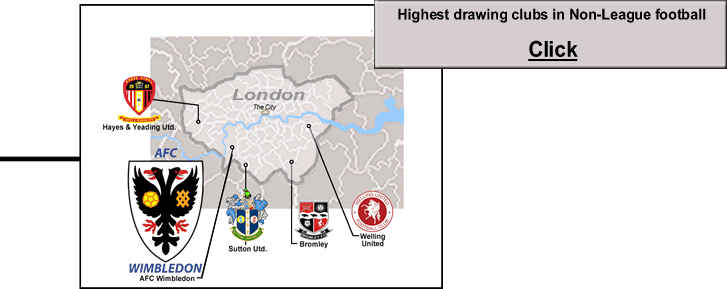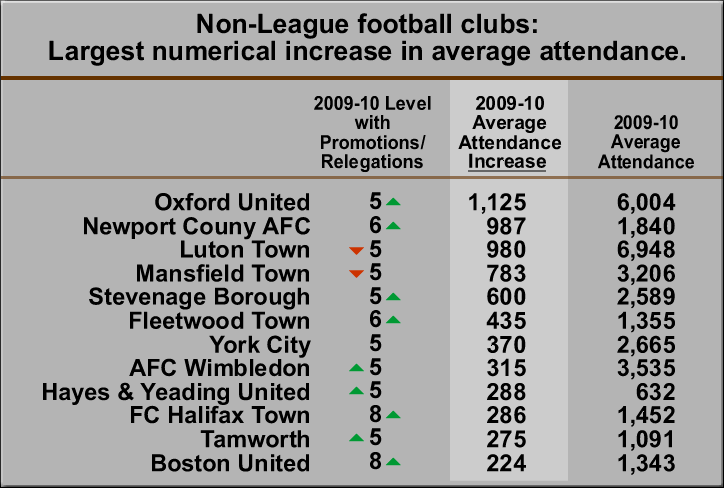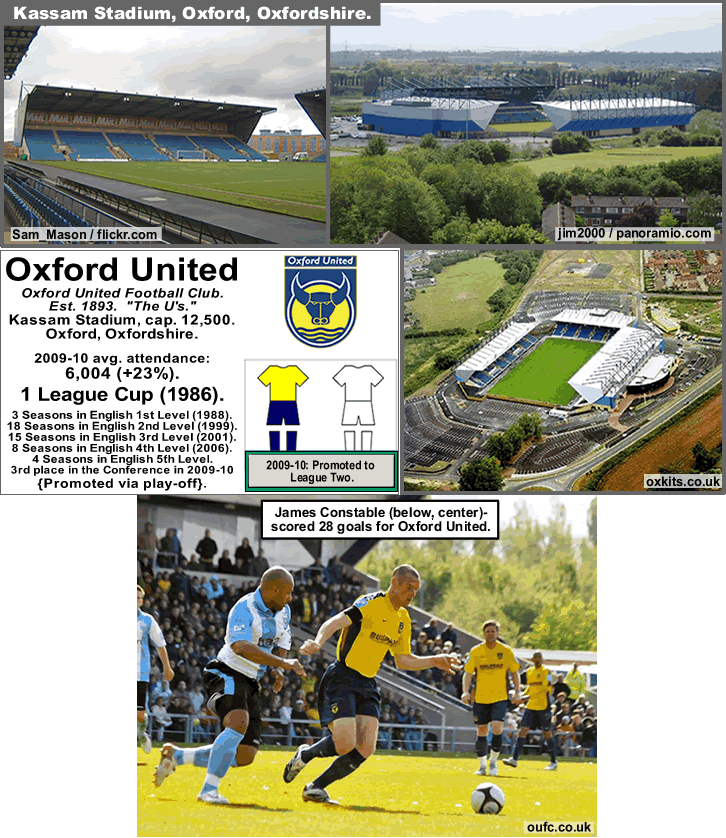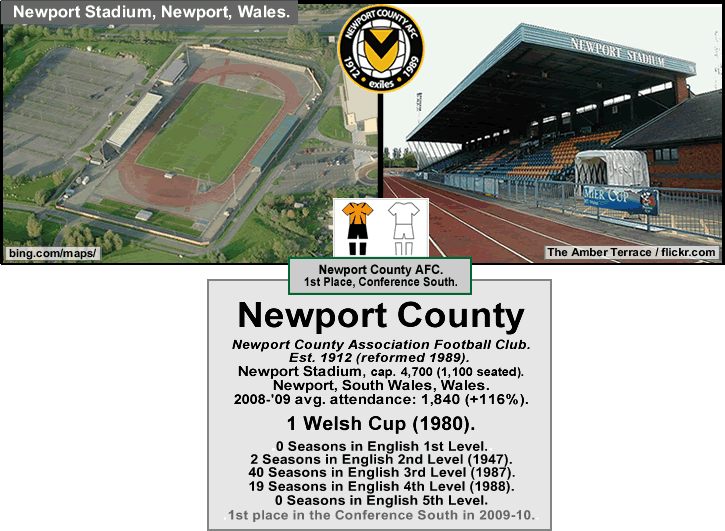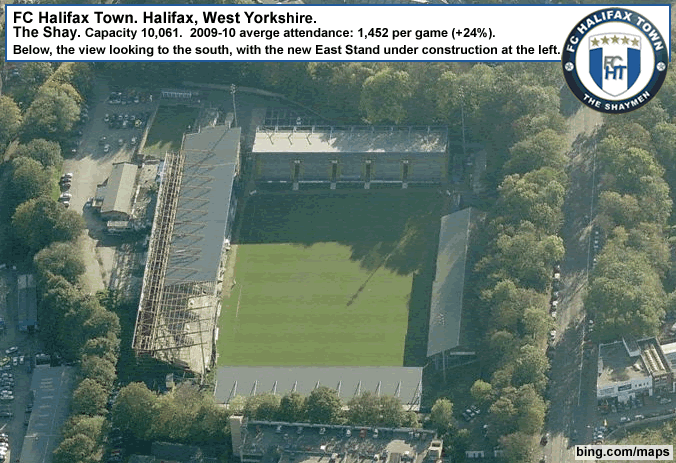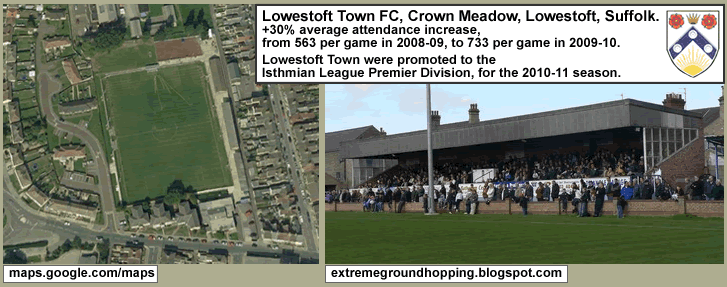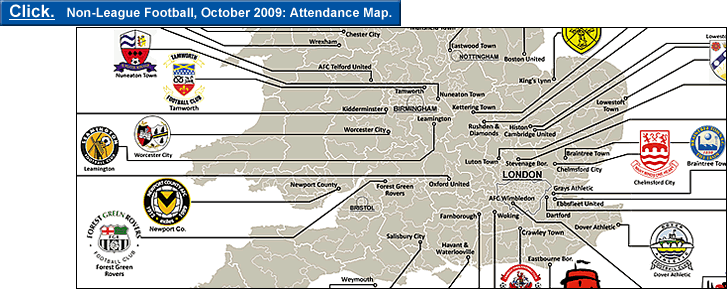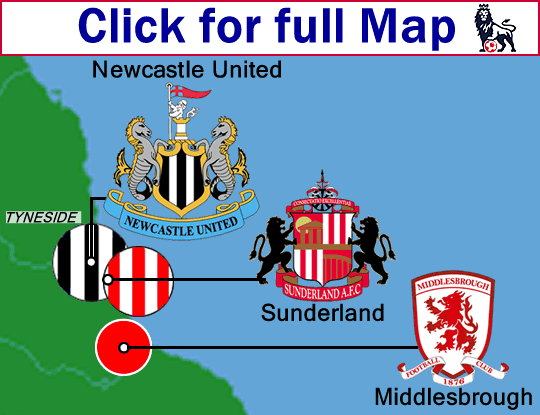…
Links…
-Source of data, List of attendance figures at domestic professional sports leagues/Complete_table [with 2013-14 or 2014 figures, primarily] (en.wikipedia.org).
-European football attendances at E-F-S site, european-football-statistics.co.uk/attn.htm.
-Another good site for football attendances: soccerway.com [found atop league tables in the statistics sections at most league-pages there].
-
Chart of the world’s top 25 highest-drawing pro leagues of association football (2013-14 or 2014 figures, primarily)
By Bill Turianski on 30 April 2015; twitter.com/billsportsmaps.com.
[Note: you can click on the illustration below to place it in a stand-alone page.]

My first version of this chart, which I made two years ago in May 2013, only went to 20 leagues, and the list only considered first division football leagues (with 2011-12 figures). You can see that chart {here}. This time, the list on the chart considers all association football leagues – not just each country’s top flight. I didn’t decide that – the folks who contributed to the list at Wikipedia did. And it makes sense (after all, if you are trying to determine the highest-drawing football leagues, why should you stop at only first division leagues?). So this chart includes the two highest-drawing second divisions in the world – Germany’s 2-Bundesliga, and England’s Football League Championship.
The attendance figures are primarily for the 2013-14 season, but there are a few exceptions…the Argentina Primera División attendance figure is from 2 seasons ago (2012-13), the Algerian Ligue Professionnelle attendance figure is from 6 seasons ago (2007-08), and the Indonesian Super League attendance figure is from 3 seasons ago (2010-11). I already knew there were no reliable attendance figures for Argentina for 2013-14; for Algeria and Indonesia, I tried, but I could not find any more recent figures reported. I decided to include both, but let’s just say there should be a “mental-asterisk” next to the Algerian and Indonesian attendance figures on the chart. (Note: there were a couple others that were not updated on the original list [which you can find at the link at the top of this post]. But I was able to find 2014 Chinese Super League attendances at that Wikipedia page {here}, and I found 2013-14 Turkish Süper Lig attendance at the E-F-S site {here}.)
Note: I added another detail this time to the chart – the populations of the countries. That can be found at the far right of the chart – the figures are from 2011 to 2015 {see each country’s page at Wikipedia for those figures}. On the chart, the country-populations are listed in millions (m), except for India and China, whose vast populations are listed in billions (bn).
…
-
World football attendance leaders through the years…
England and its First Division led in attendance up to 1971-72 (for 74 seasons);
then Italy and its Serie A led in attendance from 1972-73 to 1993-94 (for 22 seasons);
and since 1994-95, Germany and its Bundesliga have led in attendance (for 21 seasons and counting…)
Germany has been #1 in attendance since 1994-95. Before that it was Italy. Originally, of course, it was England.
The English First Division had best crowd size from 1888-89 [when the Football League was formed], all the way to 1971-72. The highest league-average-attendance that the English top flight has ever had was in the third season back after the disruption caused by World War II – in 1948-49, when the First Division pulled in an average of 38,792 per game. That 38.7 K per game is to this day the highest crowd-size the English top flight has ever achieved. The second-best crowd-size in England was in the following season of 1949-50 (at 37,284). The third best English top-flight crowd-size was actually last season [2013-14], when the Premier League (est. 1992-93) had its highest-ever turnstile-count, at 36,670 per game. {Source: European Football Statistics site for those English figures as well as Italian and German figures mentioned below.}.
In 1972-73, Italy’s Serie A (at 32,176 per game) overtook England’s First Division (at 30,257 in 72/73). And the-best-drawing football league in the world was a distinction the Italian top flight held for 22 seasons. Italy remained king of football crowd-size all through the 1980s and into the early 1990s, peaking at 38,872 per game in 1984-85, and still drawing best overall for another 9 years, until Germany’s Bundesliga overtook Serie A as the top-drawing league in the world in 1994-95.
Germany’s Bundesliga is King. Period.
Germany’s Bundesliga has remained at the top of the attendance list since 94/95 – for 21 seasons now (counting 2014-15). The largest crowd-size in a Bundesliga season was in 2012-13, at 45,116 per game. (Last season [2013-14], the Bundesliga had its second-best crowd-size ever, at 43,499.) And the Bundesliga shows no signs of flagging, held back in aggregate crowd-size only by the fact that minnows constantly find a way into the Bundesliga for a year, and end up pulling the league-wide attendance figure down. Minnows like Greuther Fürth (in 2012-13, drawing 16.8 K in a 18 K venue), and SC Paderborn (currently [2014-15] drawing 13.8 K in a 15.3 K venue). And quasi-minnows such as SC Freiburg (drawing 23.8 K currently in a 24 K-capacity venue), can and do find a place in the Bundesliga (this is Freiburg’s 6th-straight season in the Bundesliga), while much bigger clubs, +30-K-drawing-clubs like Kaiserslautern, Nürnberg and Düsseldorf, stay stuck in the second division. The Bundesliga draws well because of several reasons…Bundesliga tickets are very affordable (like often costing less than $20 USD), the stadiums are all full of modern amenities and quite simply fantastic, the atmosphere is absolutely electric, and no fans get hurt. Oh, and last but not least, Bundesliga teams invariably play high-energy, ball-on-the-floor, passing-and-attacking-football. Bundesliga is by far the best attended football league in the world, but it goes deeper than that…Bundesliga is the best football league in the world no matter how you look at it.
…
Out of nowhere, India now has the fourth-highest-drawing football league in the world – the ISL…
(Indian Super League.)
I am sure many will be as shocked as I was, when I first perused the list, to see that the Indian Super League (aka the ISL), has become the fourth-highest drawing football league on the planet. The Kolkata Derby (Mohan Bagan v East Bengal) has always drawn huge (like ~80 K to ~137 K [seriously; see previous link: it happened in 1997]). But those two clubs are not even in the brand-new ISL – they are in the I-League (the I-League was re-established in 2007-08). Hopes are that the two leagues will find ways to acommodate each other, and maybe even merge, at some future date.
Anyway, there are just 8 brand-new teams in the ISL (there is no promotion/relegation, as in USA/Canda, and as in Australia). Those 8 teams are spread out rather evenly across the Indian subcontinent {see map of 2015 ISL, here}. Now one point needs to be made, and this will put that massive league-average-attendance figure the ISL drew in 2014 into a more fair perspective…these ISL teams are playing way less home matches than most, if not all, other pro football leagues across the planet. The ISL season only runs from October to December, and the regular season has just 14 games…so with just 7 home matches, amassing a higher average attendance is much easier.
This link shows you the 8 teams’ attendance figures in 2014 {here}.
I know the following might be a little dated by now, but this next link is an informative article from Oct. 2014, by Sam Crocker, which gives brief profiles of the 8 teams in the [2014] Indian Super League, Indian Super League: club-by-club guide to the inaugural season (theguardian.com/football).
In the inaugural season, in the Final, the ISL’s top-drawing team, the Kerala Blasters (who drew 49.1 K), and who are co-owned by retired Indian cricket star Sachin Tendulkar, lost 1-0 to the ISL’s second-best-drawing team (at 43.7 K), Atlético de Kolkata. Atlético de Kolkata, located in Kolkata (aka Calcutta), on the northeastern coast of India, are owned by a small consortium which includes retired Indian cricket star Sourav Ganguly and the Spanish club CA Atlético Madrid – and Atlético Kolkata wear the same kit as the 2013-14 La Liga champions (red-and-white-vertical-stripes-with-blue-pants). Here is an article on the ISL, which was posted in late December 2014 following the first ISL Final… from Guardian.com, by Saptarshi Ray from 23 Dec. 2014,
How India’s ISL became world football’s fourth biggest league (theguardian.com/football/blog).
The ISL might not be able to maintain the 24-K-per-game crowds that they drew in their first season in 2014, but, who knows? Maybe they will. I will leave the last word to one of the commenters on the article linked to above…
…(from commenter Indianguardian)…”It was an amazing tournament. I-League will never reach the heights of this tournament. For me I-League has to be scrapped and the ISL should be the only official football league of India.The reason is that the I-League is filled with teams like Dempo, Salgaocar, Mohun Bagan(founded in 1889) etc. These are historic teams with good local support but these team fail to gain national support. To support a team, one must identify oneself with the club. Most European clubs represent a city or a county or a region. People born in that city or in that region have an emotional attachment with that city and anything related with it. The historic I-League clubs don’t have this effect. They are named after their founders, chairmen etc. Imagine if Newcastle United is changed to Sports Direct United, Manchester City/United is changed to Etihad Inc./Glazer United. Will these clubs gain new fans?
¶Chennai is the capital of Tamil Nadu which is quite a big state in India. There are some hardcore football fans in Chennai and it has a population of 4.3 million and ever increasing and there is NO football club based in Chennai. This is what the new ISL corrected. They created teams based on Metropolitan cities and regions where football is extremely popular. People who followed football occasionally suddenly got interested and they wanted to support their city.
¶Another factor in ISL’s success is the ticket price like the author mentions. Everyone were able to afford the ticket.
¶With support for cricket declining in India (test match crowds are already dying out, only a short while ODI crowd diminishes also), ISL organisers must take this to the next stage. The huge cultural differences between the many states in India will lead to exciting rivalries and clashes. Here is hoping that this is the birth of football in India.”…(from commenter Indianguardian at theguardian.com/football/blog/2014/dec/23/india-super-league-fourth-biggest-league)
___
Thanks to the contributors at en.wikipedia.org, {Source of data, List of attendance figures at domestic professional sports leagues/Complete_table [with 2013-14 figures] (en.wikipedia.org).
